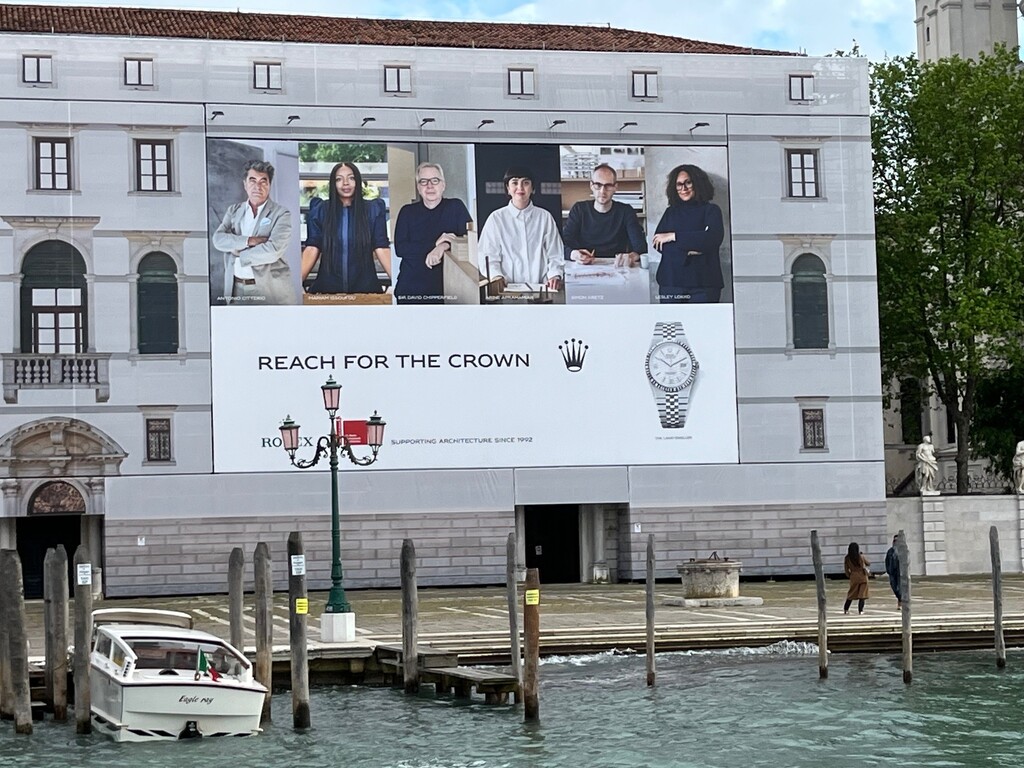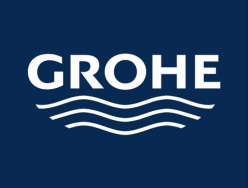
Letter from London
The big political talking point in London recently has been the so-called ‘reset’ between the UK and the EU, writes Paul Finch.
This put into perspective an excellent visit to Venice for the Architecture Biennale. UK prime minister Keir Starmer claimed that his diplomatic triumph (apart from the craven abandonment of our rights to fish exclusively in our own waters) would involve Brits no longer having to queue to get into a ‘Europe’ which would accept e-passports.
I have news for Sir Keir: you could already do this prior to his negotiations. The journey through immigration in Venice was the quickest and smoothest I have ever known. Hey ho.
There is a litmus test for any Biennale: is it worth the detour, or even a special visit? The answer on this occasion is a resounding ’yes’. Carlo Ratti’s Arsenale show is a tour de force of architectural imagination and varied content. It is all too much for some critics, who object to the wealth of material, which is far greater than is normal in the main show.
Two things might be said about this. First, after Ratti issued an open invitation for ideas based on his theme of ‘Intelligens. Natural. Artificial. Collective’ he received more than anticipated, of a high quality. So some of the walls are lined with the ideas from a single building or group of buildings in formatted displays that maximise the number that can be shown. They are indeed high quality; better a glut of ideas than a dearth.
Second, the International pavilion in the Giardini is closed for refurbishment, so the case for doing more in the Arsenale is a solid one. The variety of content makes this show a must-see for anyone interested in contemporary architecture and ideas, not least because instead of catalogue of moaning and groaning, much of the exhibition is about how, collectively, the design professions can address problems with reference to lessons from nature: this is a call to action rather than a long suicide note.
I leaned a lot about sea-grass and hemp from small but effective displays, quite apart from the blockbuster features highlighting natural phenomena, the world of robots and AI, and the joys of collaboration in addressing the world’s environmental challenges. The extent to which this involves architecture as opposed to other disciplines, not to mention the political persuasion required to make lifestyle changes which have little to do with architecture (eat less meat, fly less often etc), has not unduly troubled the curators of the national pavilions. Many of them are exercises in tiresome woke breast-beating which have little relevance to what is supposed to be an architecture event. It is as though many curators are embarrassed by the simple idea of showing exemplary architecture which responds to the Ratti theme.
A message to all curators, by the way, is to make use of AI in respect of captions. In the Arsenale show, the usual archi-speak and occasional woke-drivel is accompanied by an AI-generated caption. This is invariably shorter, and actually tells you what the exhibit is about. Genius!
A concern about the obsessively internalised world-view of some national curators is not a reason to avoid the Biennale, because the Arsenale show is worth the admission price all on its own, but it is to question the validity of the pavilion awards which to my mind were perverse in the extreme, not least since they ignored the USA and Spanish pavilions, which are exemplary and involved real architectural analysis and propositions.
I also enjoyed the Singapore pavilion which celebrated 60 years of independence by basing its design on a giant dining table, stressing the super-diversity of the country’s people and environment, and the long fight to guarantee water systems, and the provision of decent health, transport and education for all pretty much in one generation.
Also interesting, and in fact the first element of the Biennale to be opened (a day before Press day), is a proposition about transforming a swathe of industrial land on Mestre, on the other side of the long bridge connecting historic Venice to the mainland. The main curator was WAF’s very own Nigel Coates, working with AA students in a long building forming part of the Forte Marghera former military complex.
Only two tram stops from Ple Roma bus station, the detour was worth it: an atmospheric film and a lovely model filling the space with propositions about how transformation might take place. Carlo Ratti spoke at the opening, as did the Mayor of Venice – who confessed that his liking for the proposal was partly based on the fact that he owns land in the area under consideration. You never know . . .
Other reasons to visit Venice in the near future include various exhibitions that have been organized to coincide with the Biennale. The most impressive of these is ‘Diagrams’, curated by AMO/OMA and staged at the Prada Foundation. This is not about OMA’s work, though a few of their analysis diagrams feature, but comprises hundreds of drawings and other graphic representations, arranged in a series of rooms dealing in subjects from the body to war to finance, the earliest of which is 4,000 years old, the latest just the other day.
Beautifully arranged, designed and illuminated, this is a must-see. Also impressive is a Harry Seidler show at the San Marco Art Centre, and a temporary exhibition at the Peggy Guggenheim Museum, by the Portuguese artist Maria Helena Vieira da Silva (d. 1992). Called ‘Anatomy of Space’, the show presents work which is strongly influenced by space and implied volume. A treat.
Incidentally, the US pavilion in the Giardini (see Jeremy Melvin’s review) is always a big challenge for whoever wins the honour of curating the show there. Not the least of the financial commitments is the rental payable for use of the American pavilion building. It is not owned by the US government, but by the Solomon Guggenheim Foundation (he was Peggy’s uncle). It may be the land of the free, but rental is still payable!

Finally, a giant Rolex poster overlooking the Grand Canal is located between culture – in the form of the Tadao Ando-converted Dogana building, currently showing work by sculptor Thomas Schütte – and religion, in the form of the recently cleaned and sparkling Basilica Santa Maria della Salute. The most prominent of the brand ambassadors featured on the poster is none other than Sir David Chipperfield. He should surely be renamed St David of Rolex.
Founder Partner






